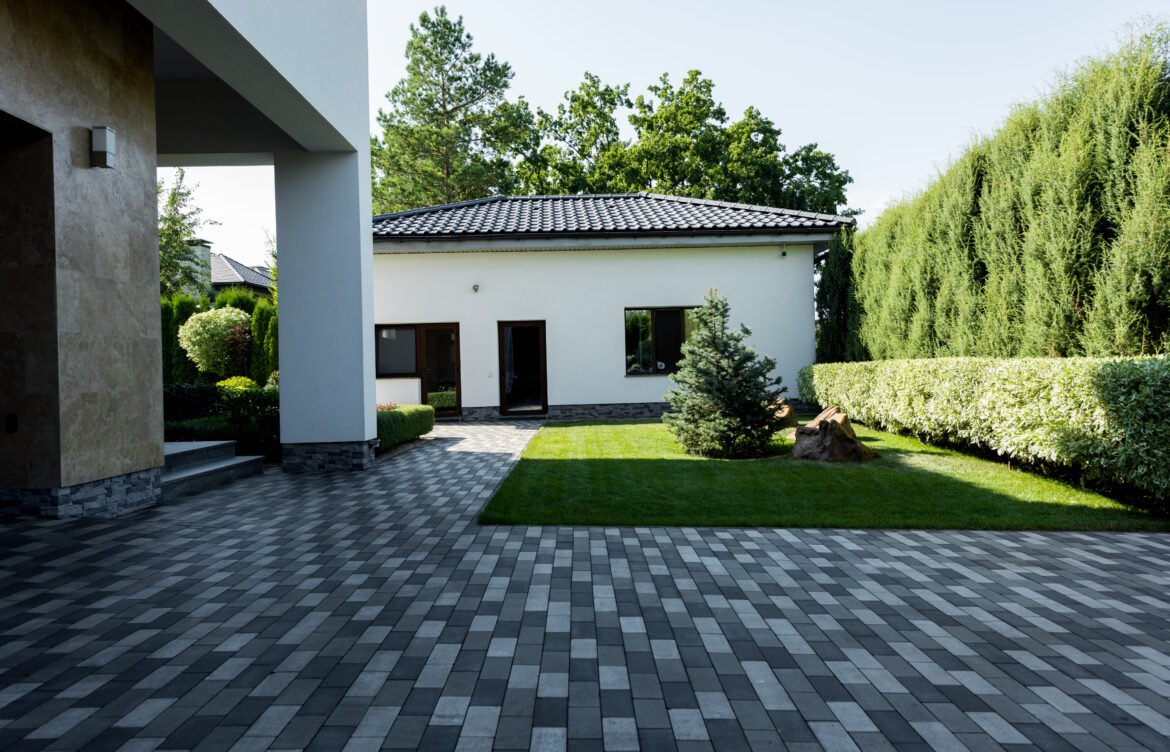
Tips for Choosing the Perfect Exterior Paint Colors
Unlock the Secret to a Stunning Home Exterior
Selecting the right colors for your home’s exterior can be a daunting task. The colors you choose can dramatically affect your home’s curb appeal and overall aesthetic. With so many options available, it’s essential to consider various factors to ensure that your final choice enhances the beauty and value of your property. In this article, we will provide tips and considerations to help you choose the perfect exterior paint colors for your home.
Understanding Color Schemes
The first step in choosing exterior paint colors is to understand basic color schemes. A color scheme typically consists of three main elements: the main color, the trim color, and an accent color. The main color is the dominant shade applied to most of the exterior surfaces. The trim color is used for details such as window frames, door frames, and eaves. The accent color is used sparingly to highlight architectural features or to add a pop of color to the front door, shutters, or other small areas.
When selecting a color scheme, consider the relationship between these colors. Complementary colors (those opposite each other on the color wheel) create a vibrant look, while analogous colors (those next to each other on the color wheel) offer a more harmonious and subdued appearance. Monochromatic schemes, which use variations of a single color, can provide a sophisticated and elegant look.
Considering Architecture
The architectural style of your home plays a significant role in determining the best exterior paint colors. Different styles have traditional color palettes that have been used historically, and adhering to these can enhance the authenticity and appeal of your home.
For example, Victorian and Edwardian homes often look best with rich, bold colors that highlight intricate details and trim. Colonial and Georgian homes typically suit more conservative color palettes, such as whites, creams, and muted blues or greens. Modern and contemporary homes can carry off more daring and unconventional colors, including stark whites, deep grays, or even black. Craftsman-style homes often use earth tones and natural shades that complement their architectural features and materials.
Climate Considerations
The climate of your region should also influence your color choices. In areas with intense sunlight, lighter colors can help reflect heat and keep your home cooler. They also tend to fade less quickly than darker shades. Conversely, in cooler climates, darker colors can help absorb heat and keep your home warmer. They also stand out beautifully against snowy landscapes.
Additionally, the local environment can provide inspiration. Homes near the coast might look beautiful in shades of blue and white, reflecting the sea and sky. In wooded areas, earthy greens and browns can blend seamlessly with the natural surroundings.
Trends and Personal Preferences
While it’s important to consider traditional color schemes and architectural styles, it’s also essential to choose colors that reflect your personal taste. After all, you will be the one living with the colors every day. Take note of current trends but use them as a guide rather than a rule. Trends can offer fresh ideas and combinations you might not have considered, but always prioritize what you love and what feels right for your home.
Visiting paint stores and collecting swatches can help you visualize different colors. Many paint companies also offer digital tools that allow you to upload a photo of your home and experiment with various color combinations. This can be an invaluable resource in making your final decision.
Testing Colors
Before committing to a particular color scheme, it’s wise to test the colors on your home’s exterior. Paint small sections in different areas to see how the colors look in various lighting conditions and times of day. Natural light can dramatically change the appearance of colors, and what looks perfect in the store might not translate the same way on your home’s exterior. Observing the test patches over a few days will give you a better idea of how the colors will actually look once applied to the entire house.
Neighborhood and HOA Regulations
Finally, consider your neighborhood and any homeowners association (HOA) regulations. While you want your home to stand out, it should also complement the overall look and feel of the area. Some neighborhoods have specific guidelines or restrictions on exterior colors to maintain a cohesive appearance. Be sure to check any regulations before making your final choice to avoid any potential conflicts.
Choosing the right exterior paint color can transform your home’s curb appeal and make a lasting impression.
Conclusion
Choosing the perfect exterior paint colors for your home involves a thoughtful process that takes into account color schemes, architectural style, climate, personal preferences, and neighborhood considerations. By following these tips and taking the time to test your choices, you can select colors that enhance your home’s beauty and value. For expert advice and professional painting services, trust the team at Charles Painters LLC. Call us today at 475-228-3004 for a free consultation and let us help you create a stunning exterior that you’ll love for years to come.
